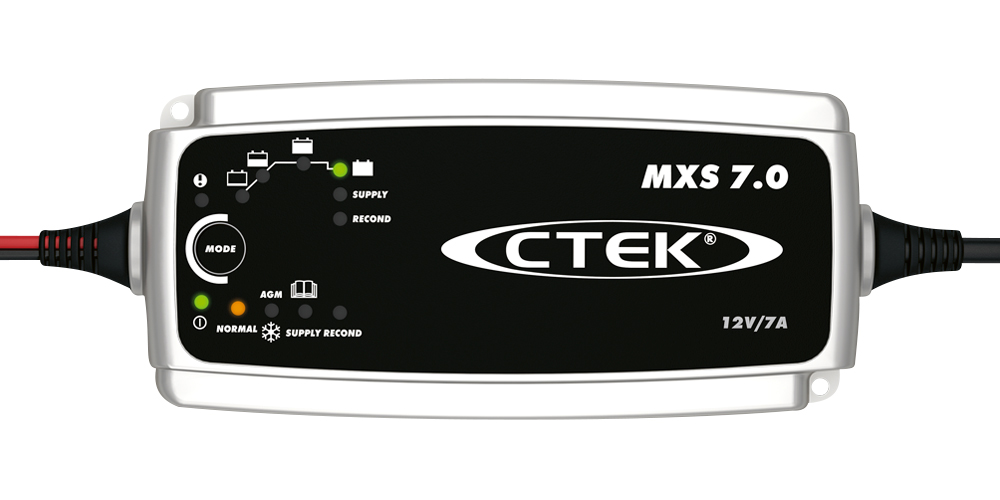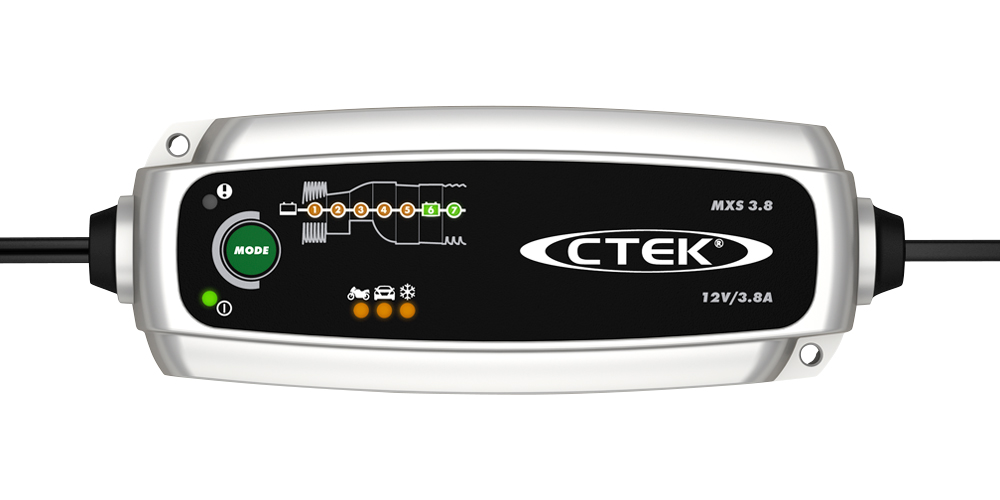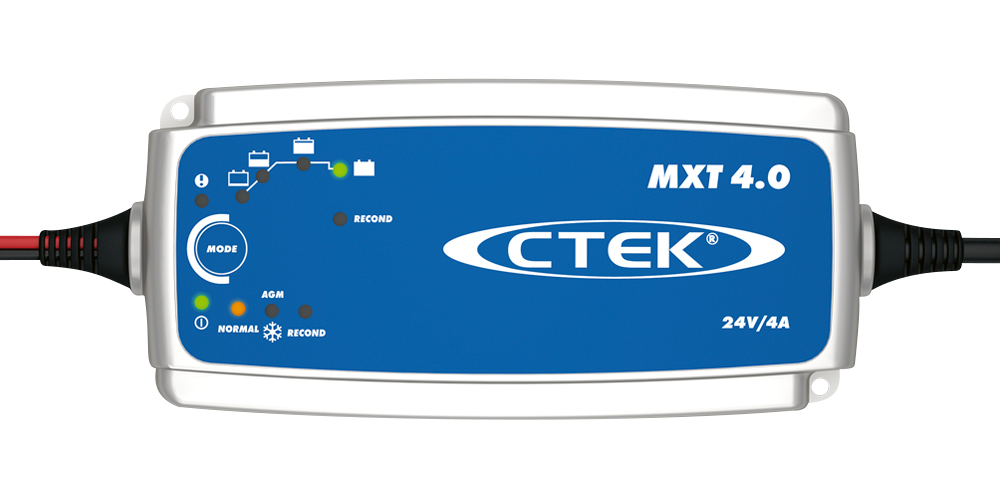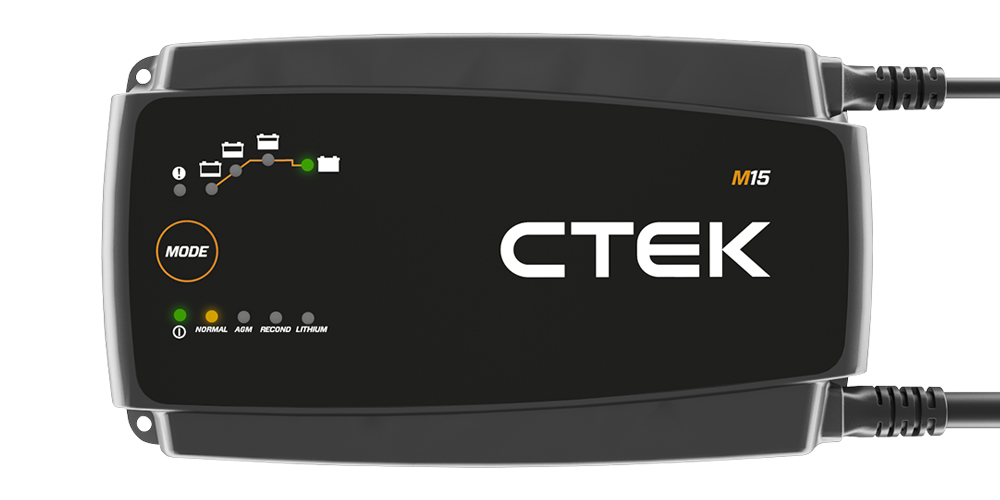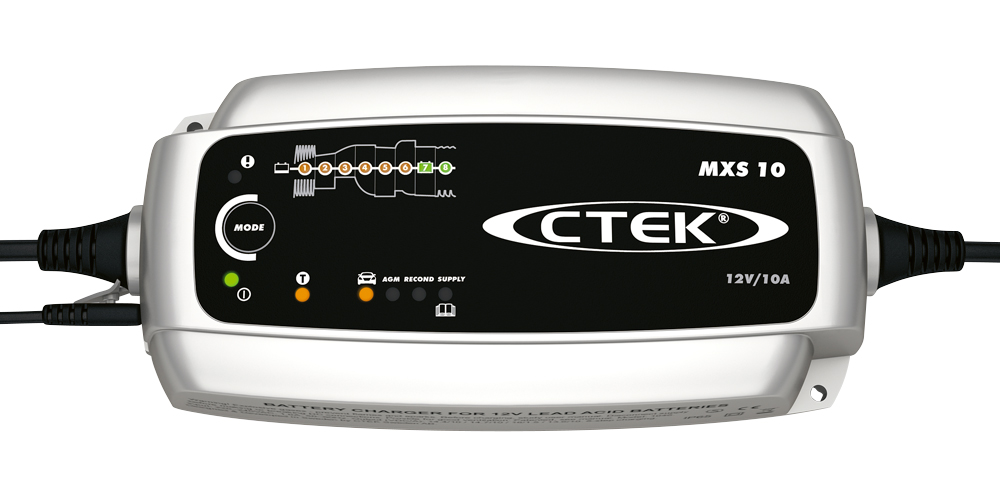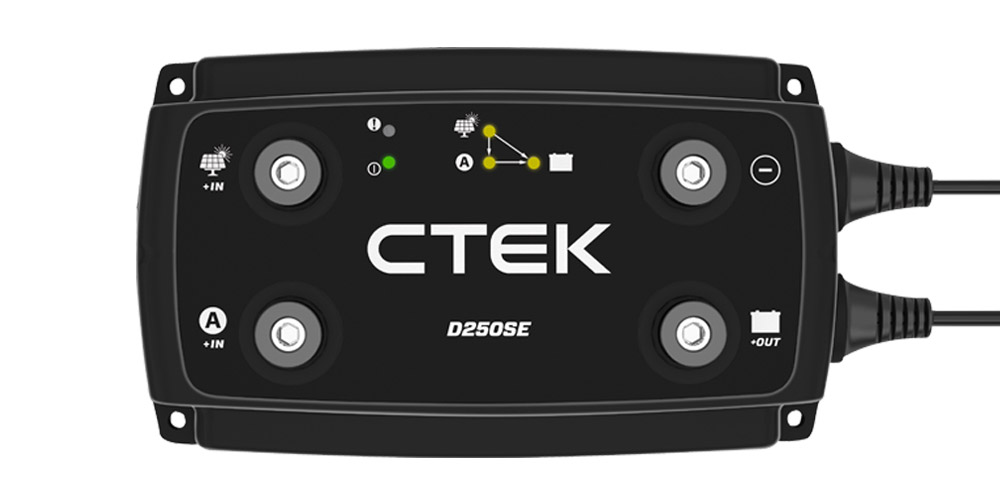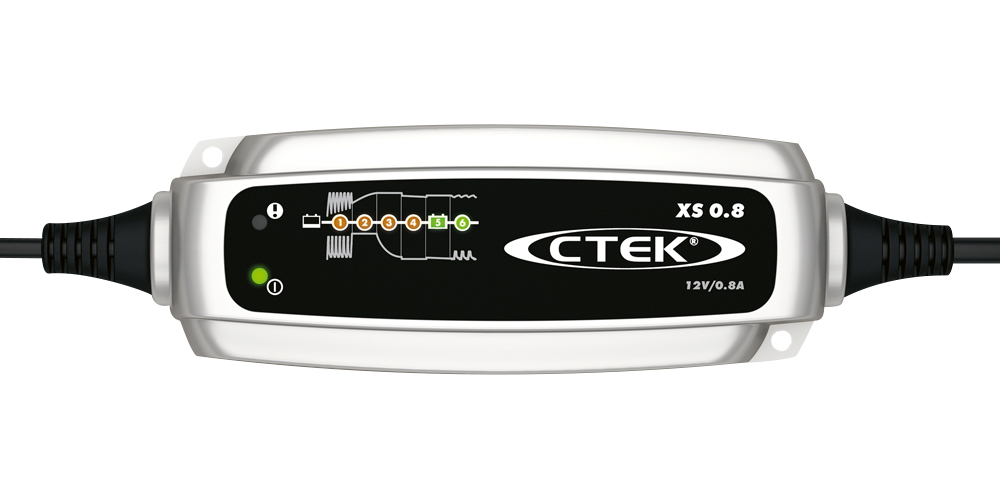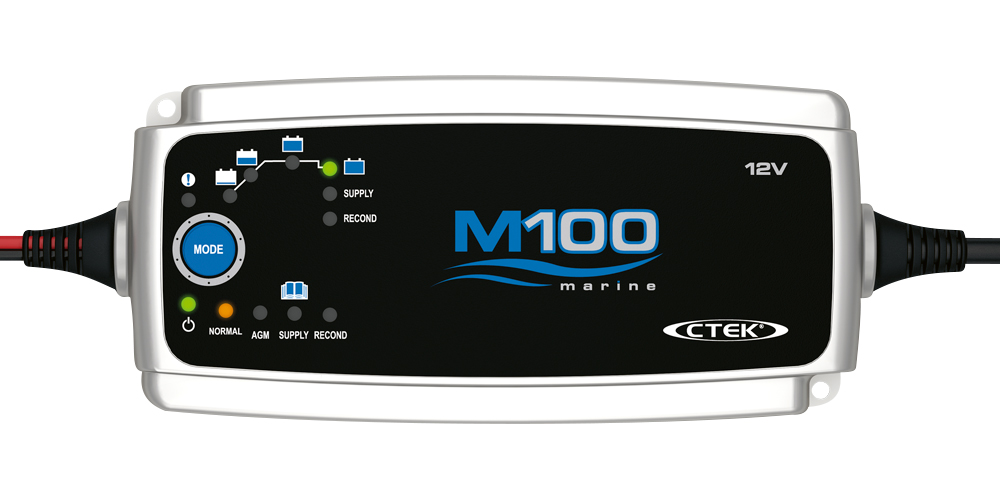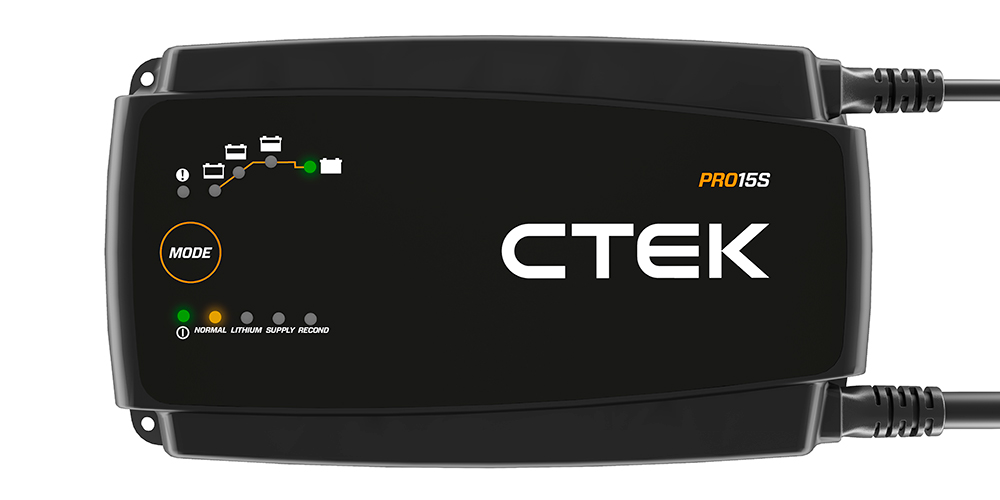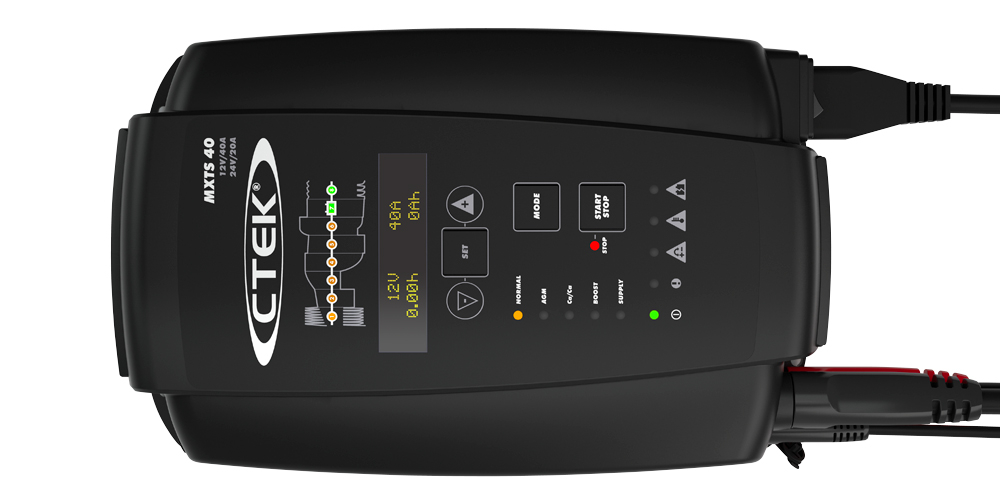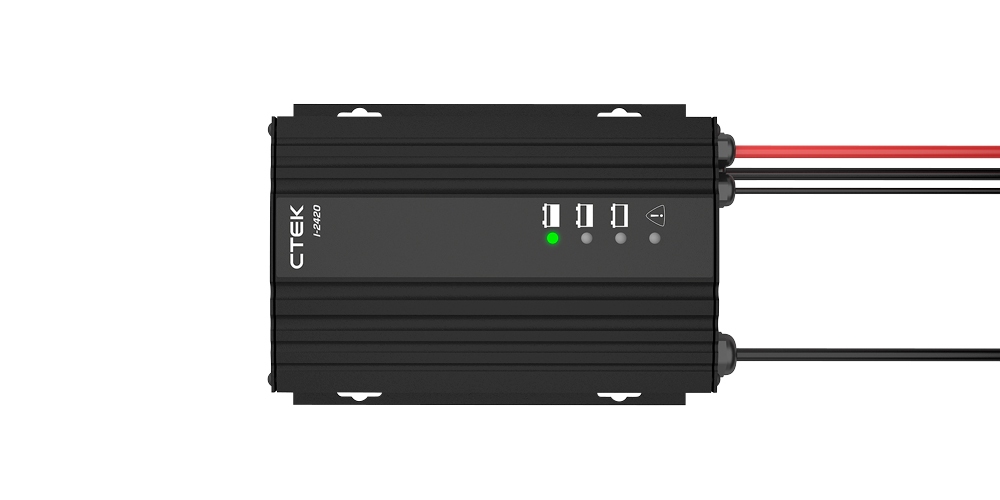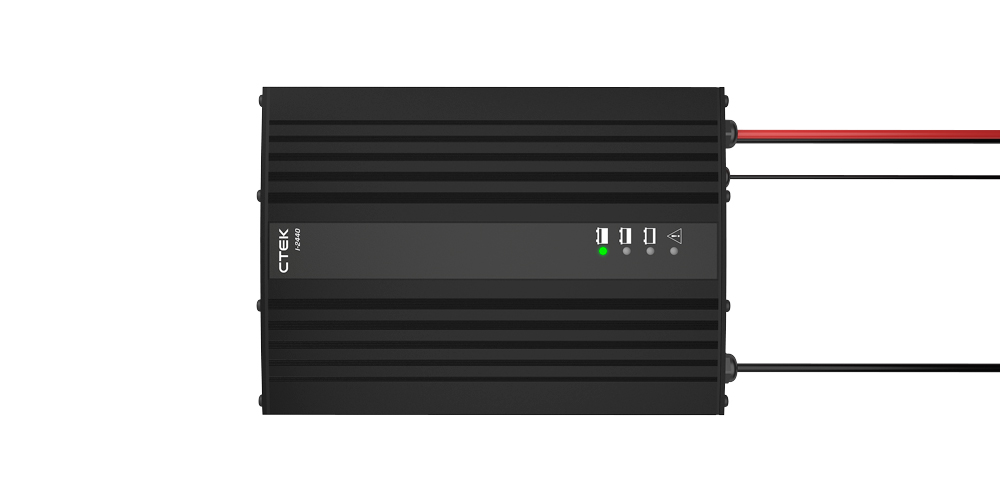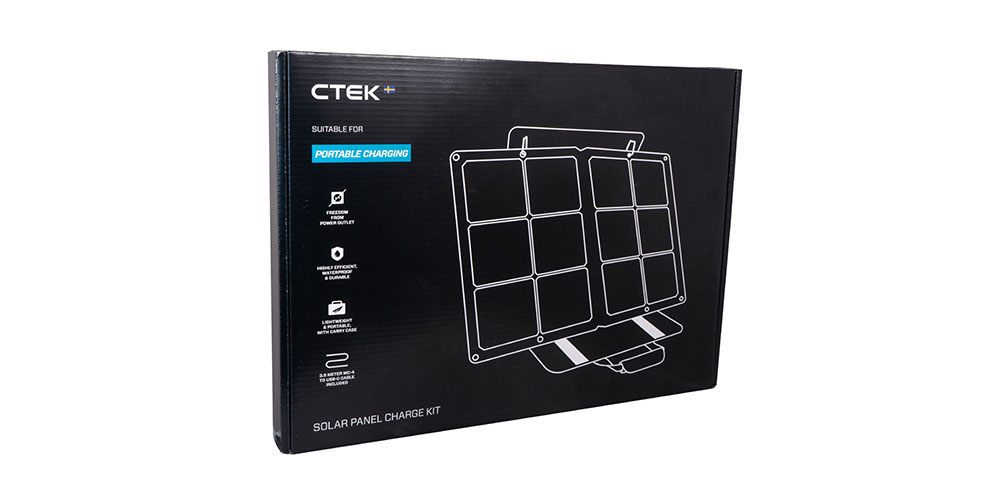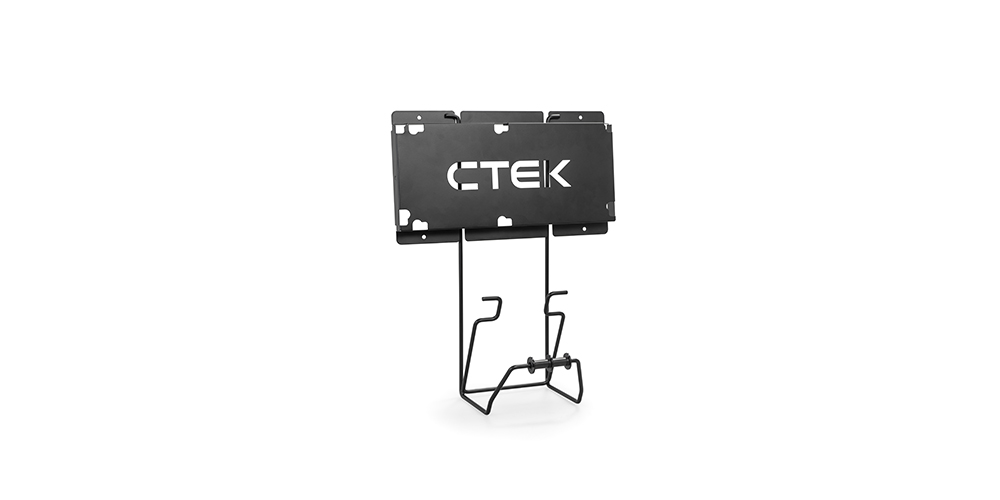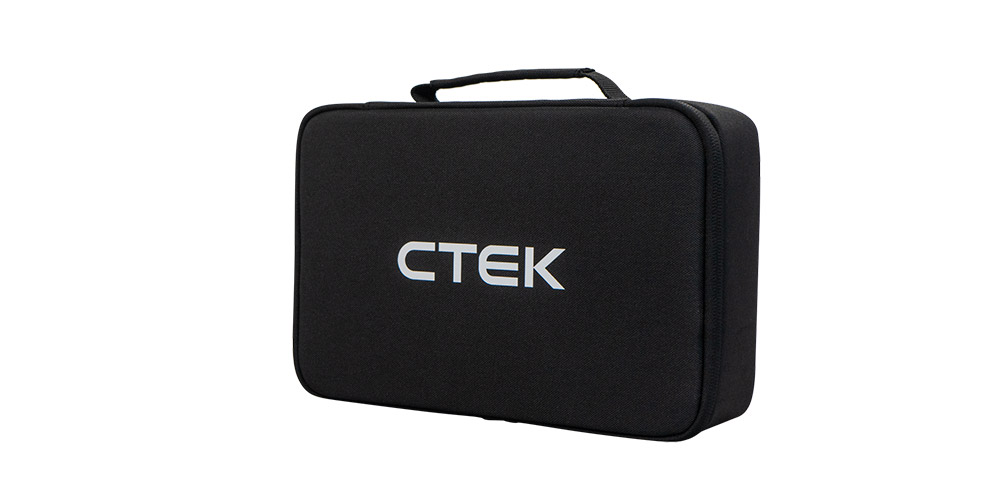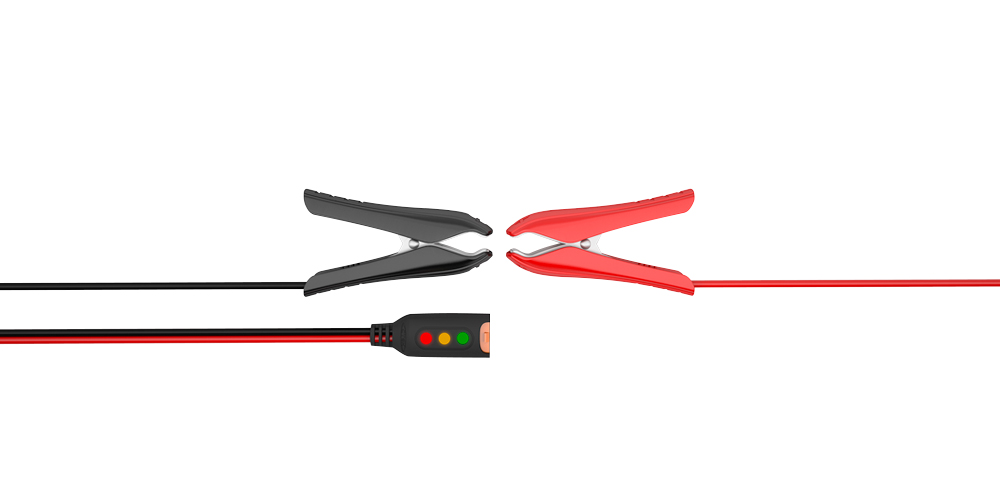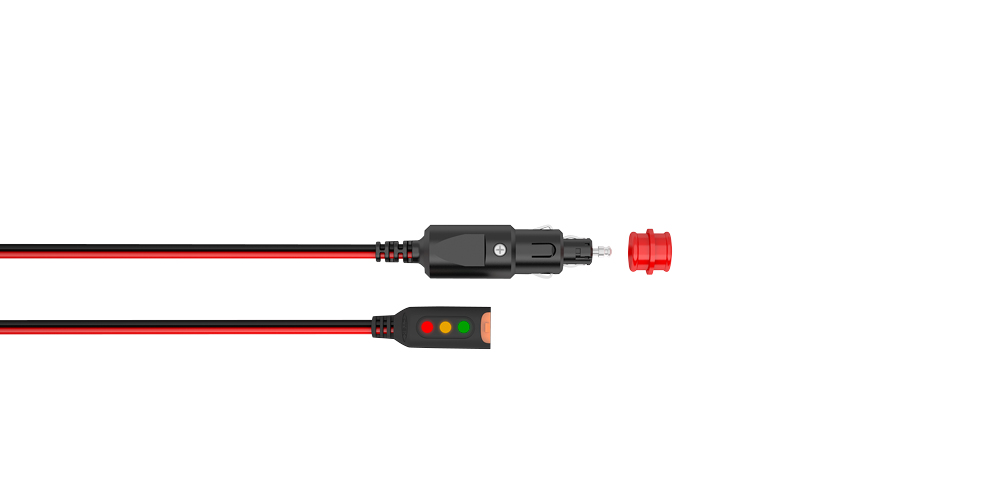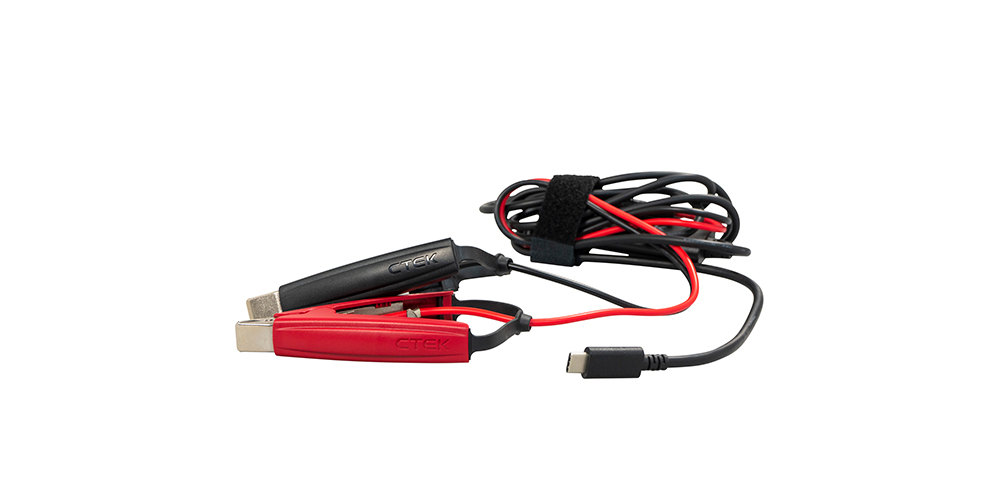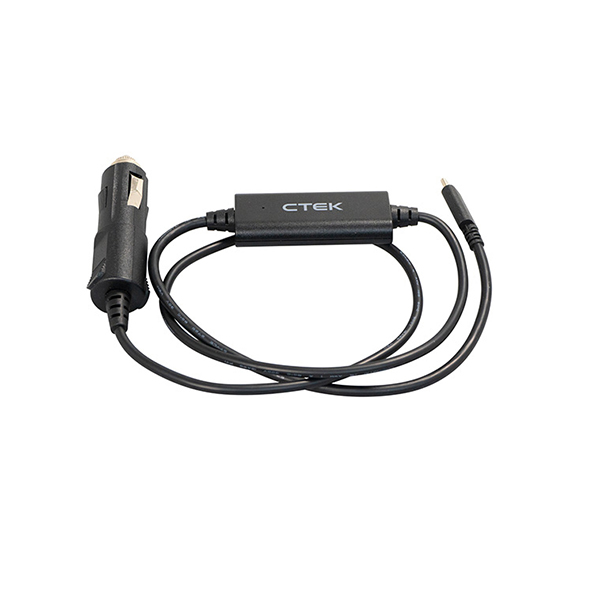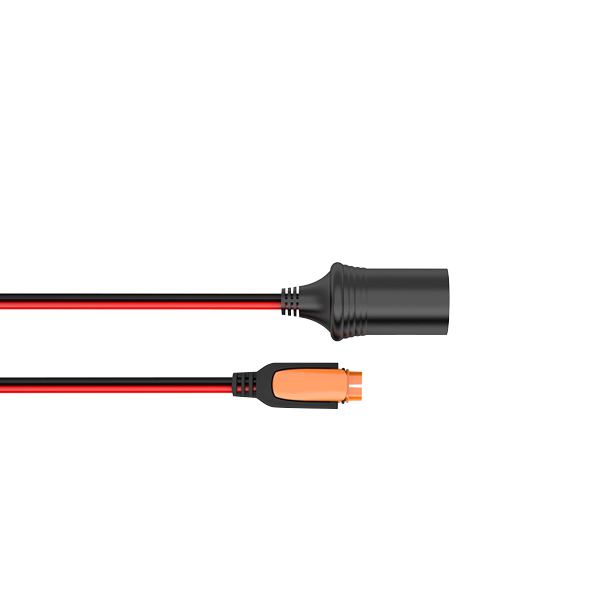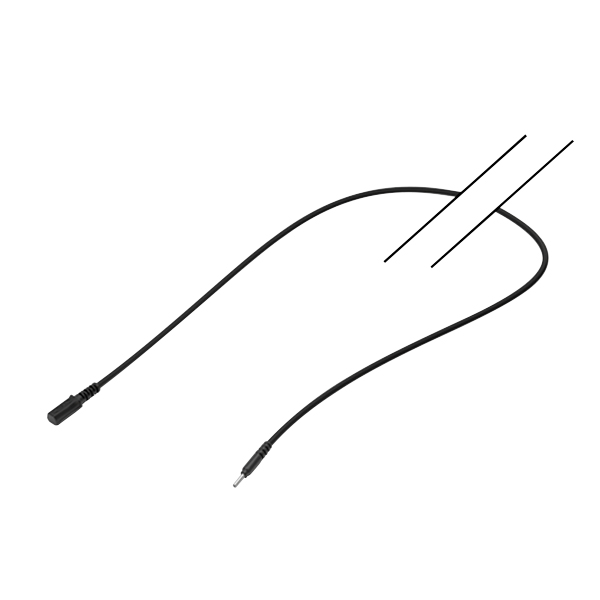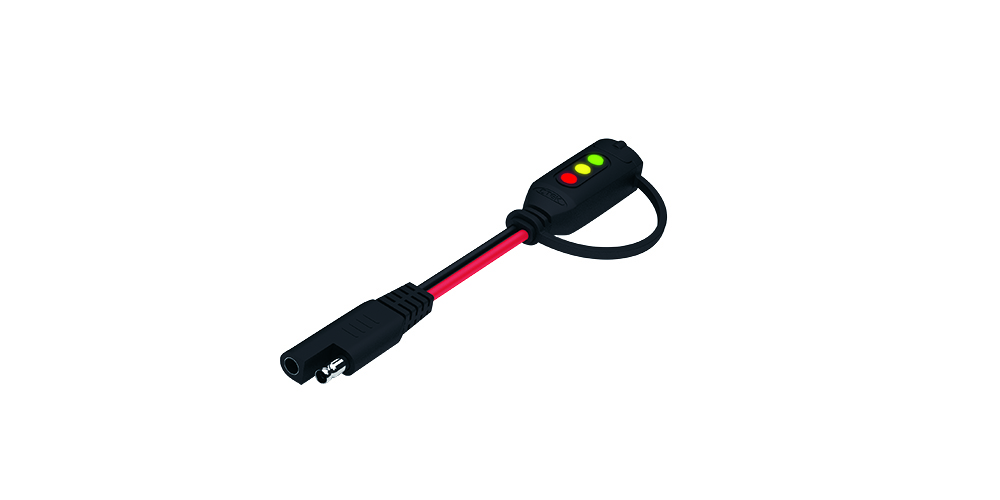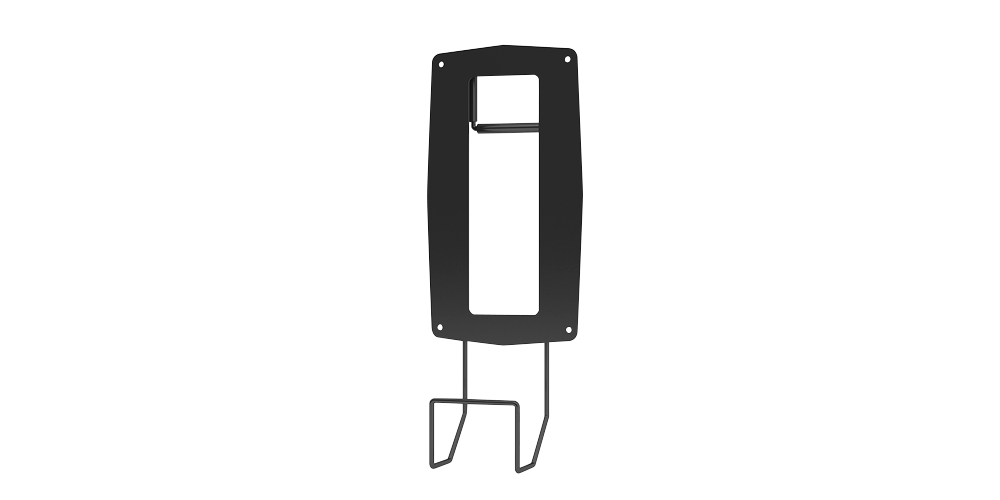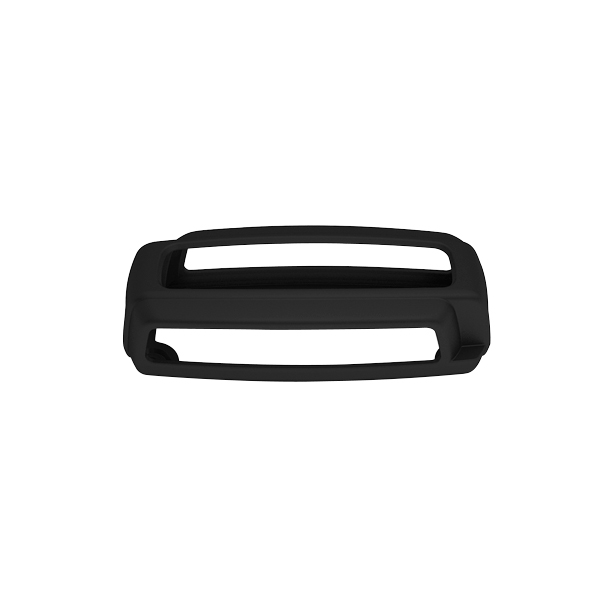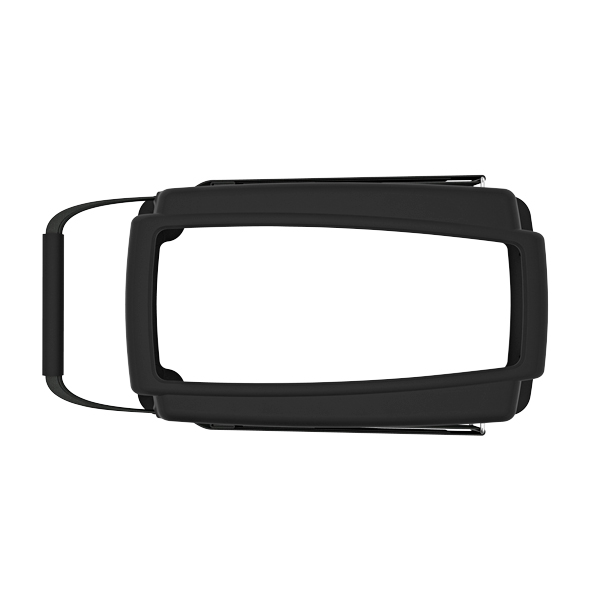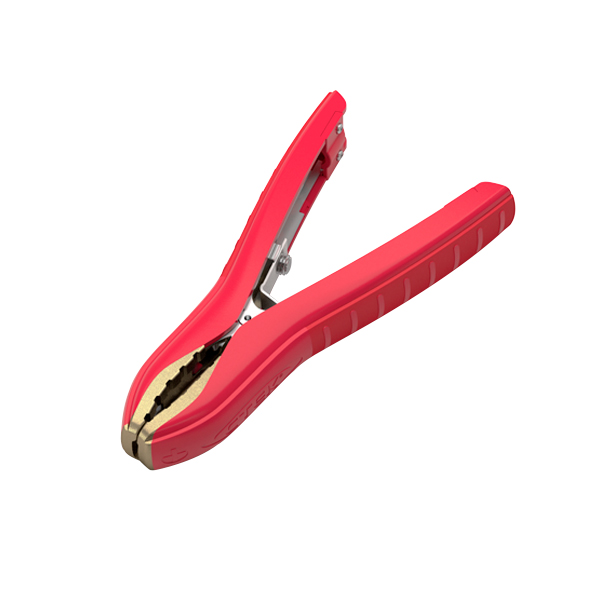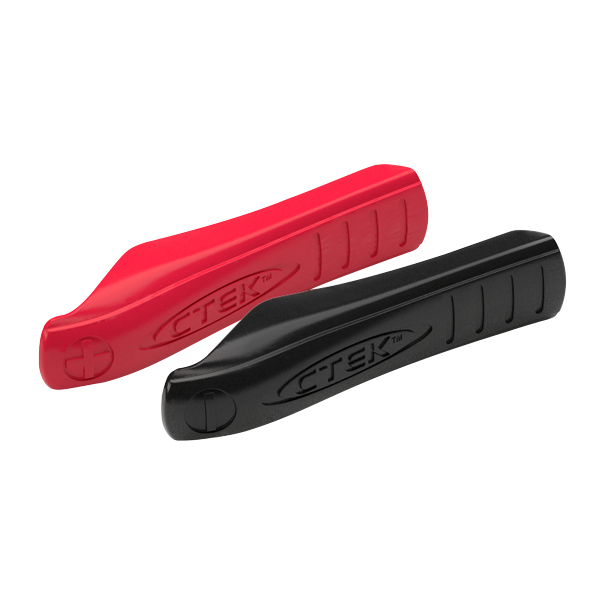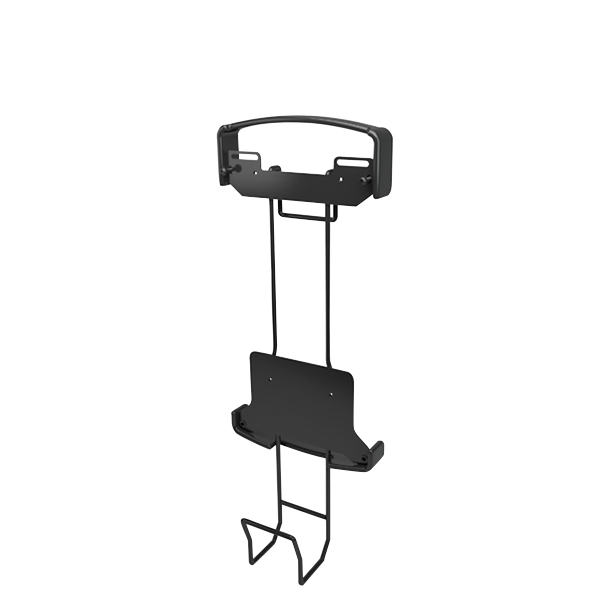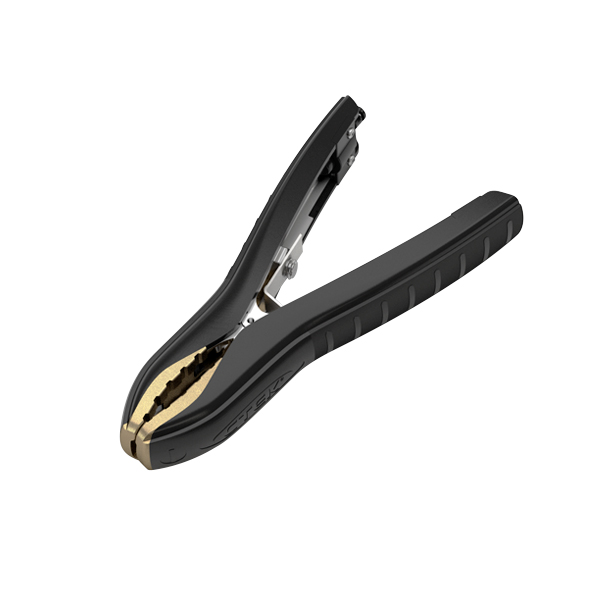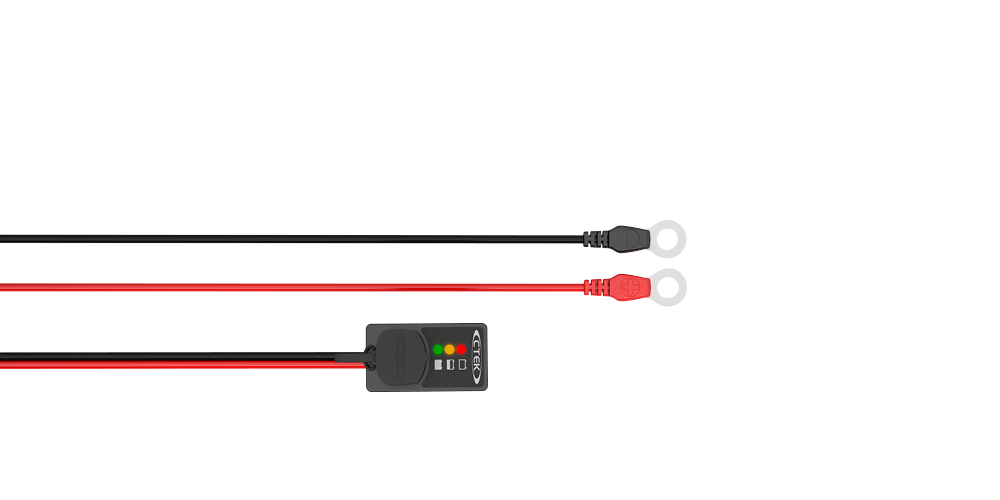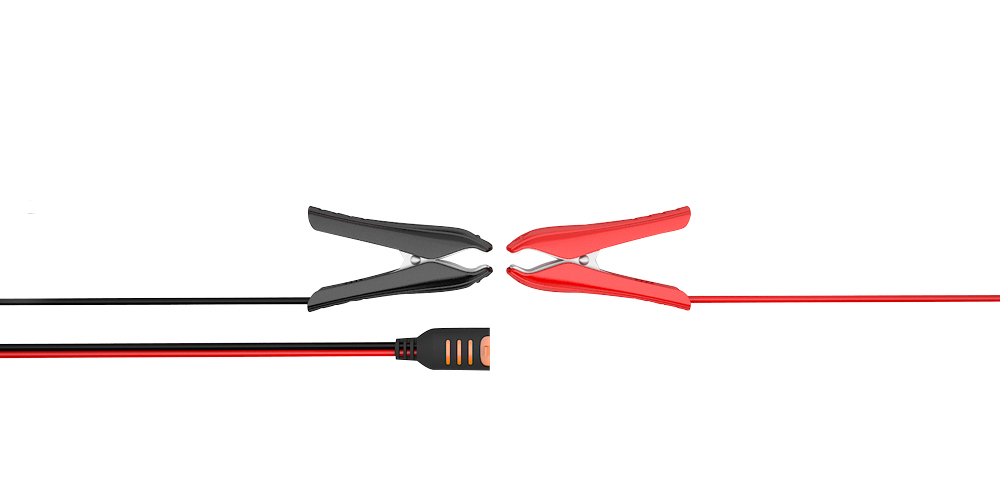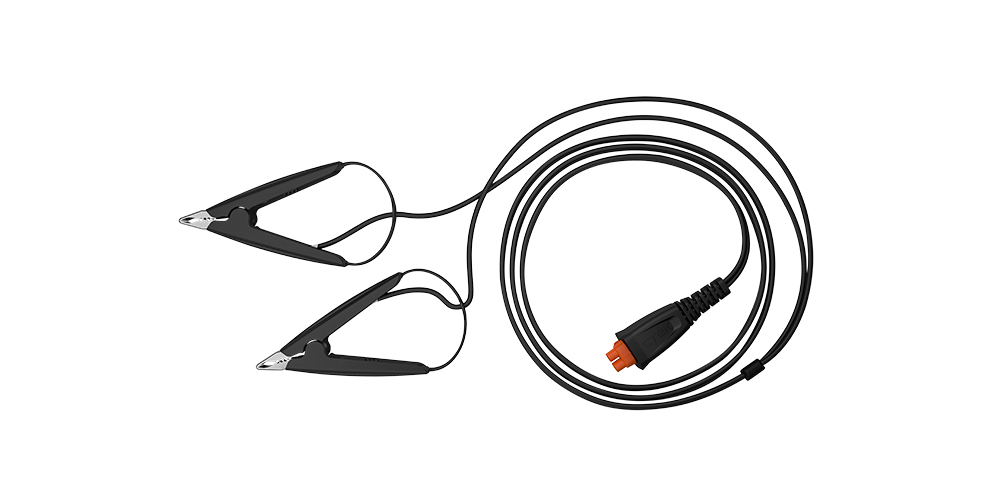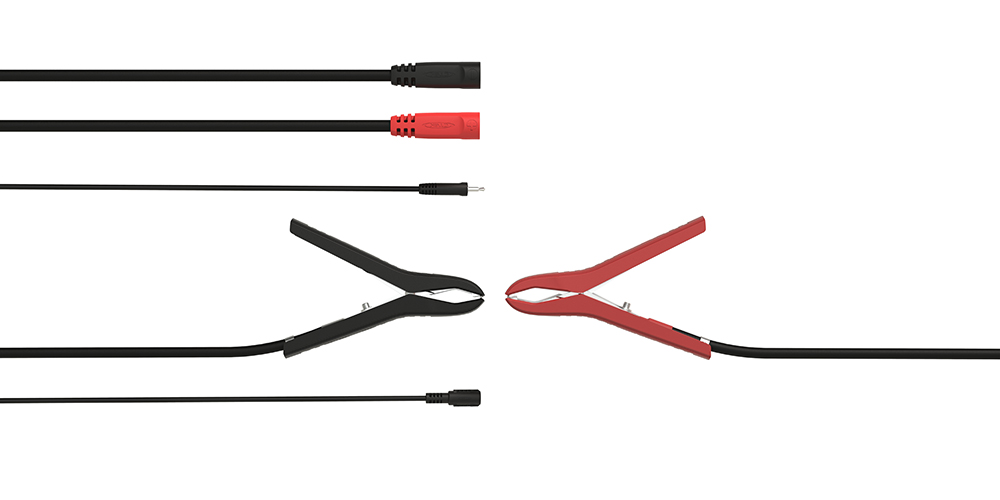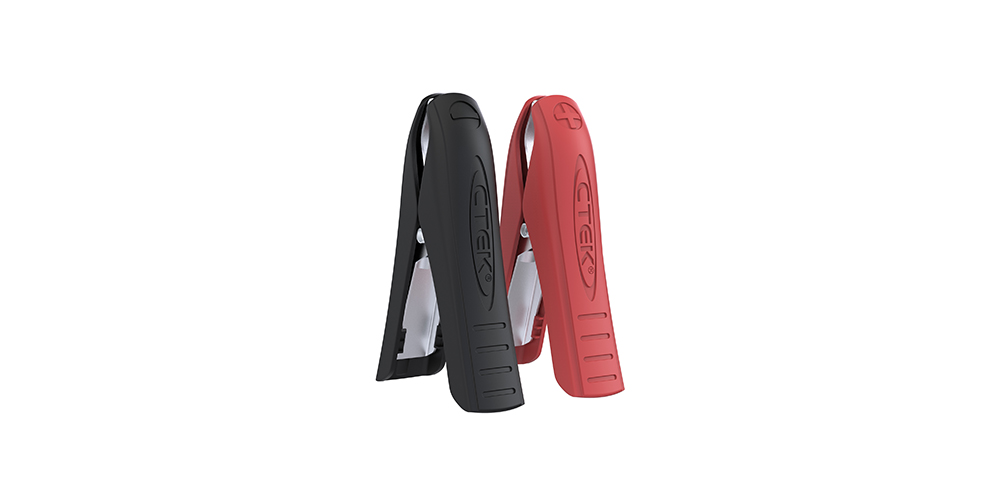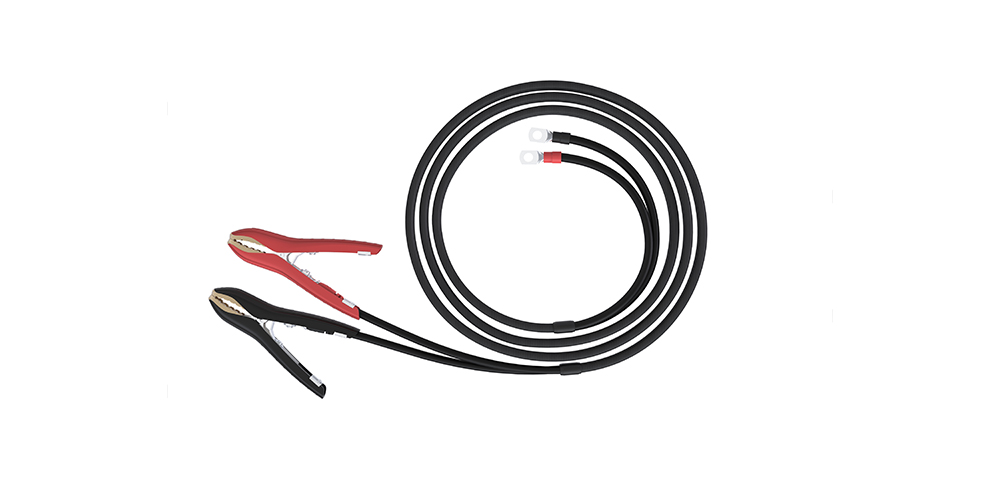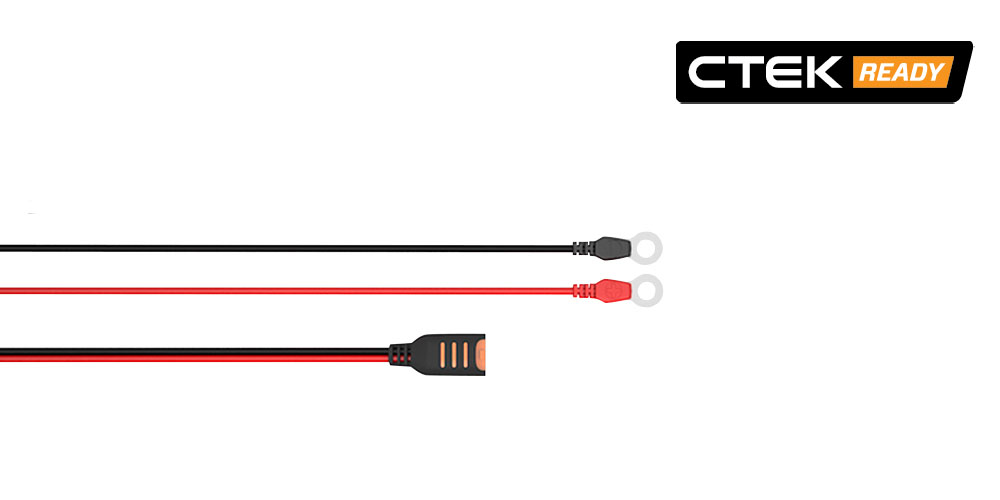Battery chargers - 12V & 24V
PRODUCT FINDER
Do you need help finding out which charger you need? Test this product selector tool to find out.
-
Sort by
-
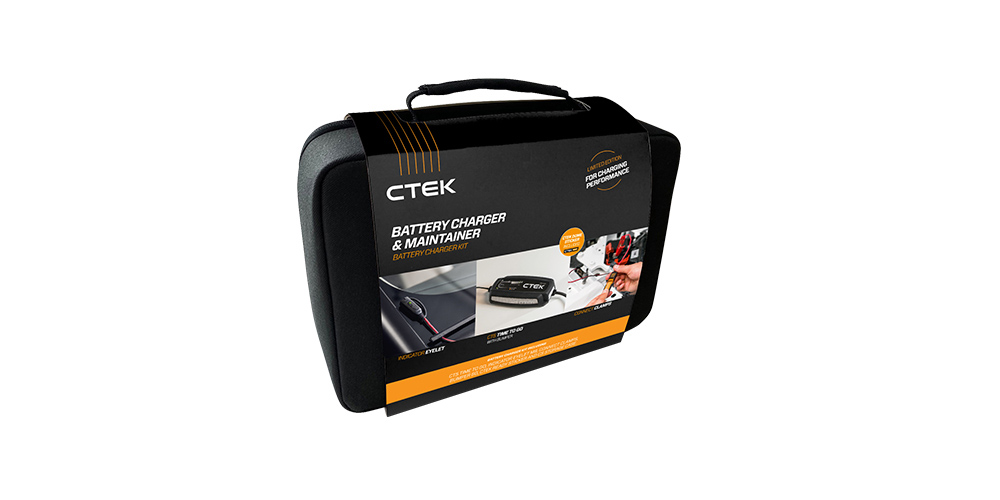
CT5 TIME TO GO BATTERY CHARGER KIT
-
Advanced 5A battery charger with countdown timer and start indicator
-
Quick-connect accessory that makes connecting to the battery both easy and safe
-
Durable silicone cover that protects the charger and its surroundings from scratches and damages
Read more -
-
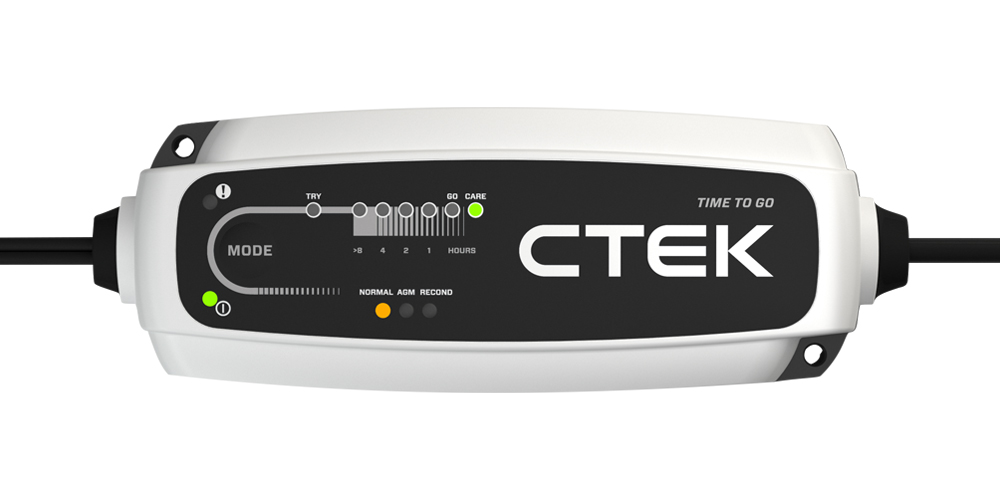
CT5 TIME TO GO
-
Countdown Timer and Start Indicator
-
Built-In Temperature Compensation
-
AGM & Reconditioning Mode
Read more -
-

LITHIUM XS
-
Dedicated Lithium Battery Care
-
Unique Maximisation Step with Patented Maintenance Charging
-
UVP 'wake up': If your lithium battery has Under Voltage Protection
Read more -
-
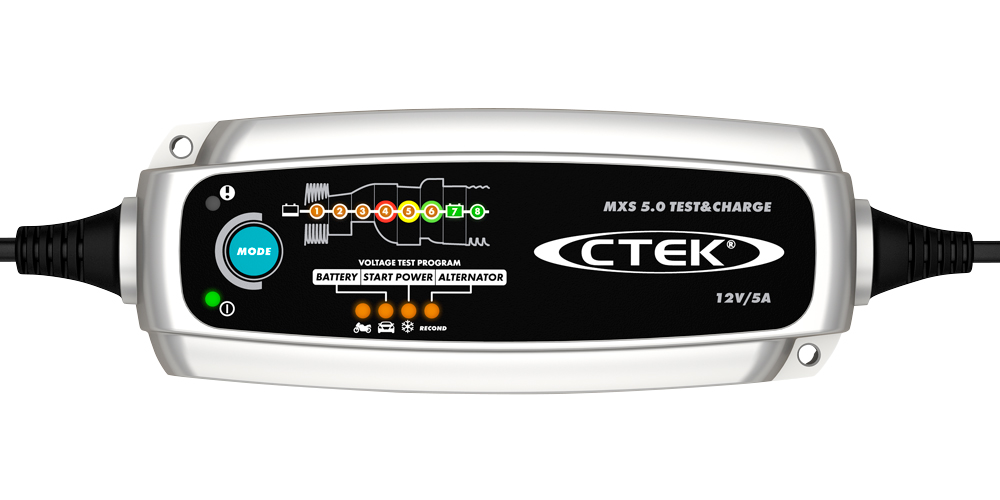
MXS 5.0 TEST&CHARGE
-
Tests Battery and Alternator
-
Perfect for Demanding 12V Lead Acid Batteries
-
Connect and Forget
Read more -
-
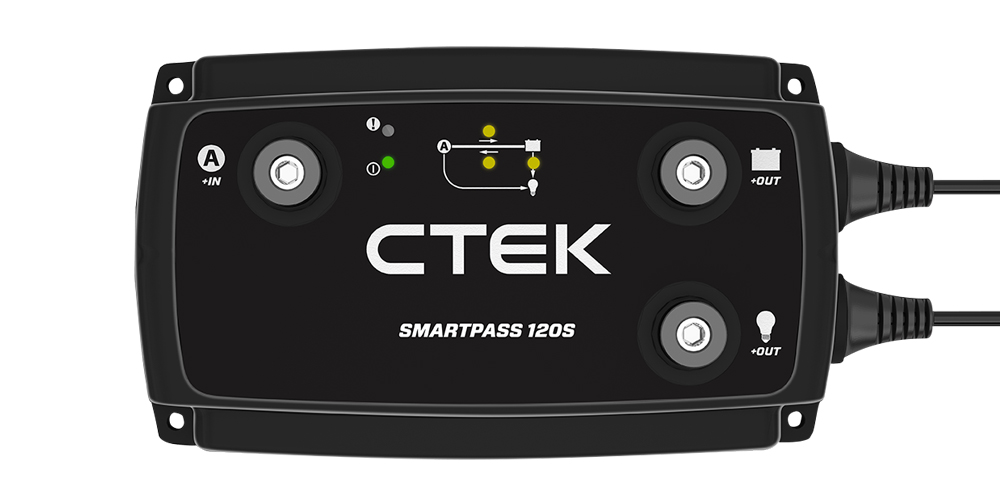
SMARTPASS 120S
-
Complete power management system
-
Smart alternator compatible
-
Battery guard protects what's important
Read more -
-
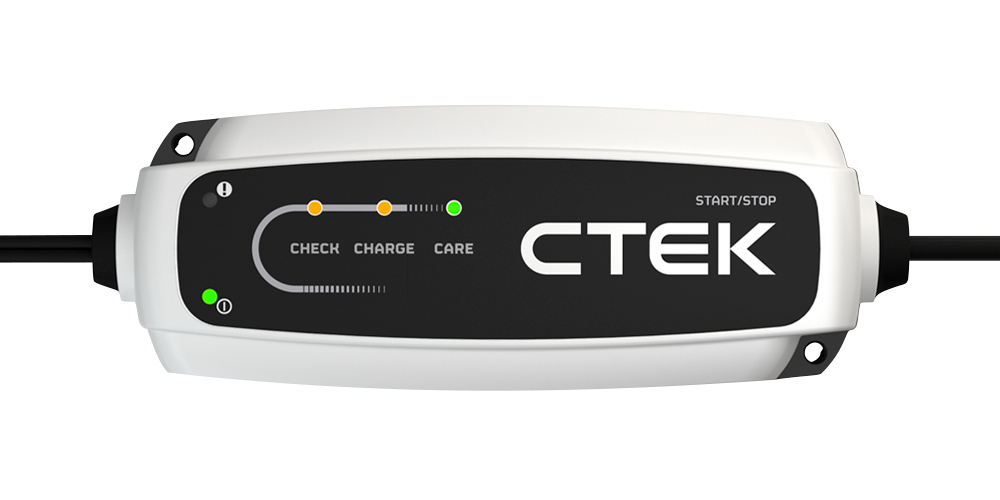
CT5 START/STOP
-
Maximise start-stop efficency
-
Connect and Forget
-
Patented Desulphation Function
Read more -
-
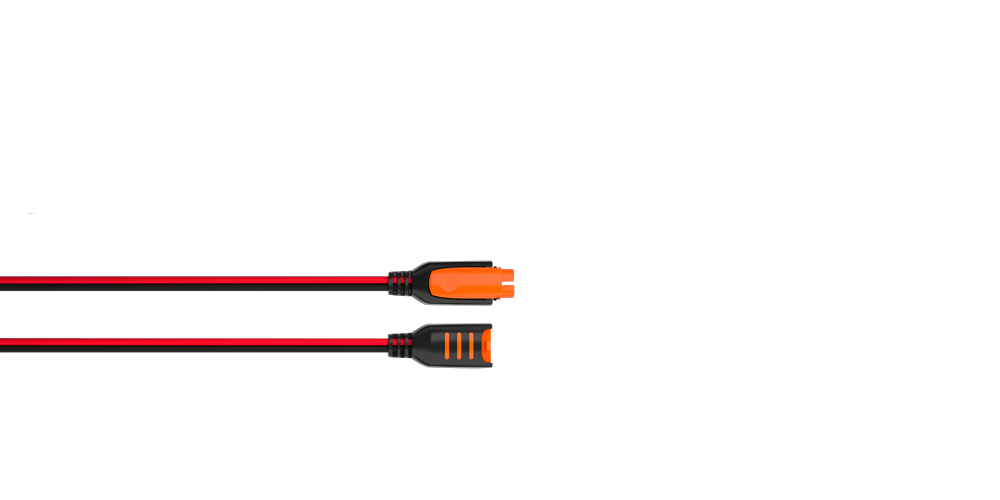
CONNECT 2.5M EXTENSION CABLE
-
Enables your CTEK charger to be placed further away from the battery or the vehicle
-
Secure:
-
Durable:
Read more -
-
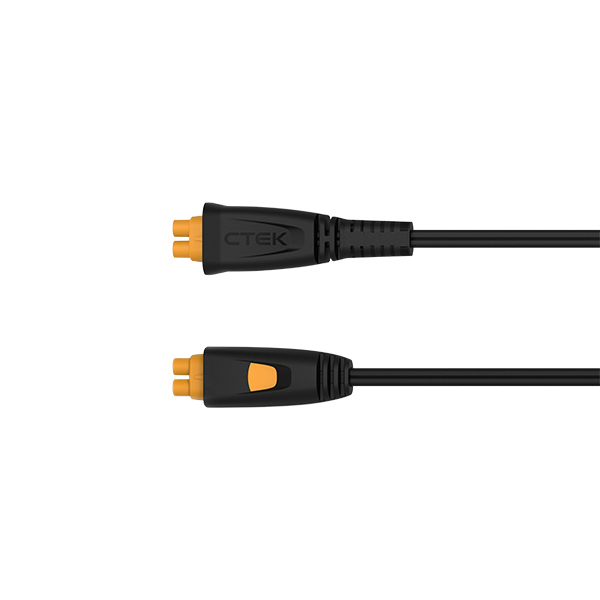
CS CONNECT ADAPTER CABLE
-
Designed for use with your CS ONE charger
-
Enables compatibility with all CTEK CONNECT & INDICATOR accessories
-
High Quality and Durable
Read more -
-
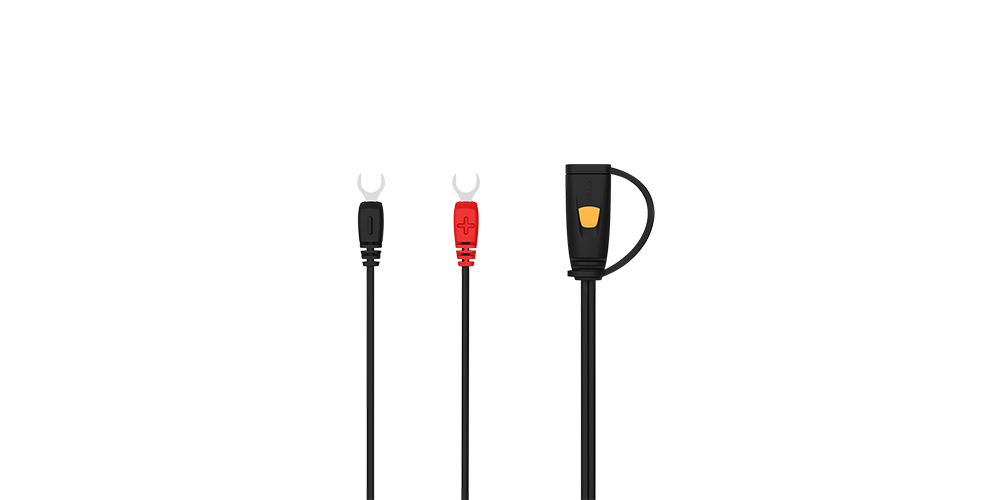
CS CONNECT U TERMINAL
-
A permanent connection for hard-to-reach batteries
-
Secure connection to batteries that are hard to reach
-
High Quality and Durable
Read more -
-
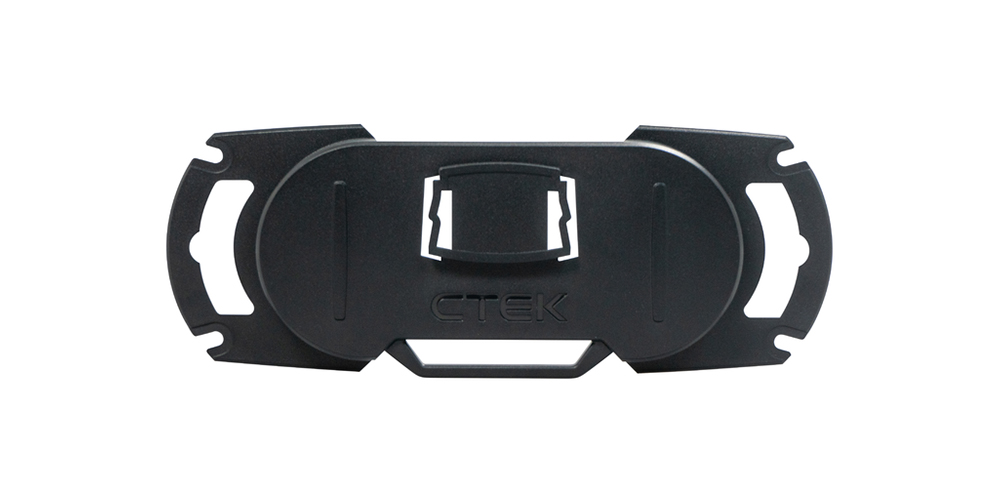
CS WALL MOUNT
-
Compatible with CS ONE and CS FREE, to hold your charger securely.
-
Tough and Durable:
-
Neat and Simple:
Read more -
-
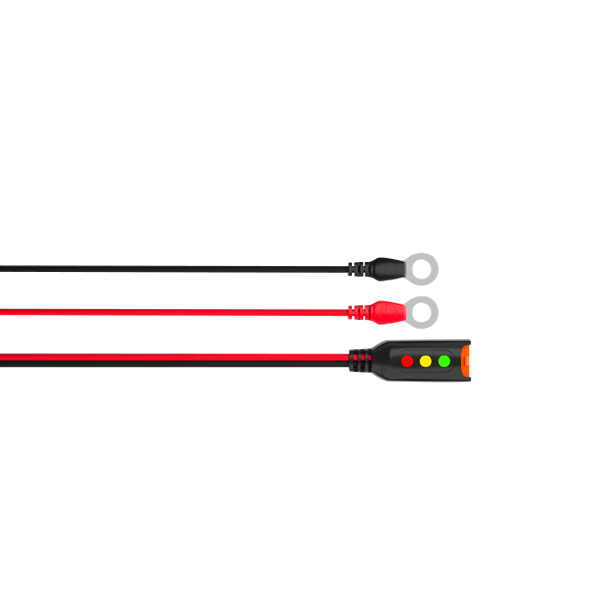
CTX INDICATOR EYELET M8
-
Eyelet connection
-
Durable
-
Compatible
Read more -
-
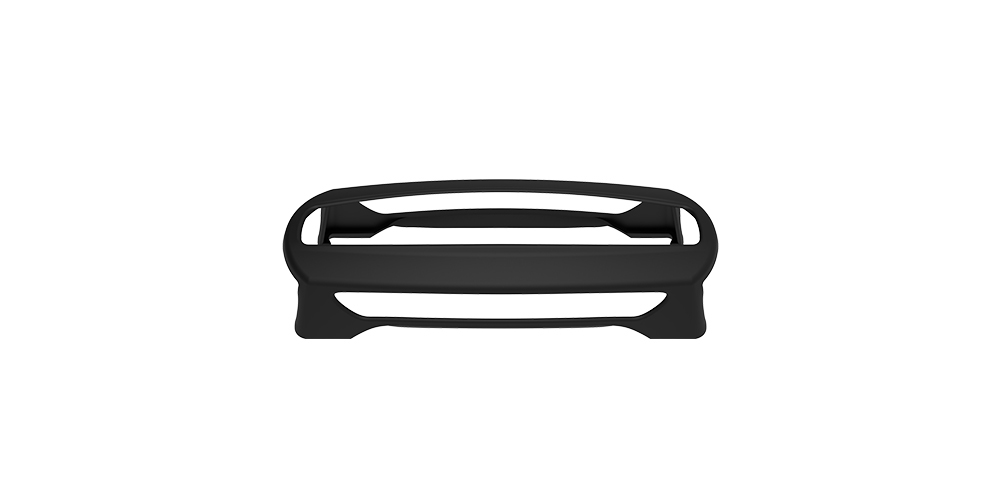
CS ONE BUMPER
-
Provides strong defence for your CTEK CS ONE
-
Easy to fit
-
Tough and Durable
Read more -
-
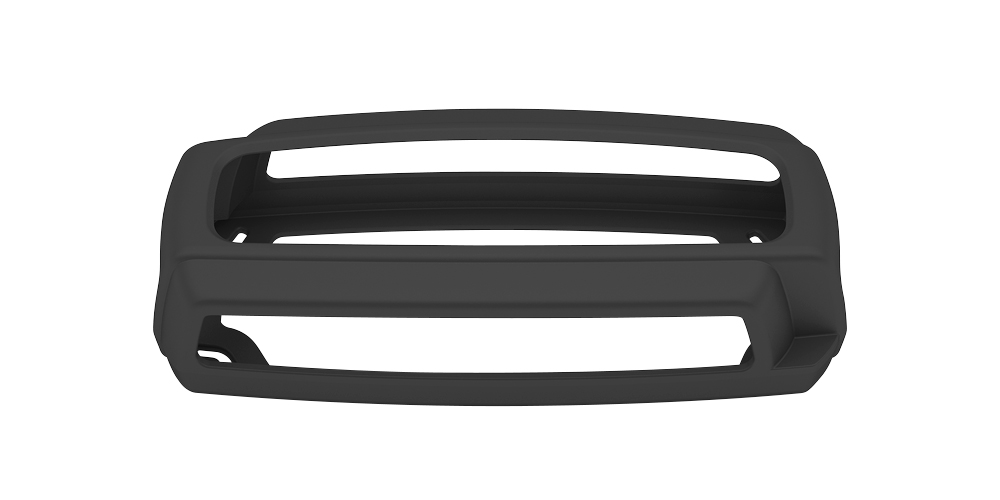
CTX PROTECT BUMPER
-
Compatible:
-
Tough and Durable:
-
Easy to fit:
Read more -
-
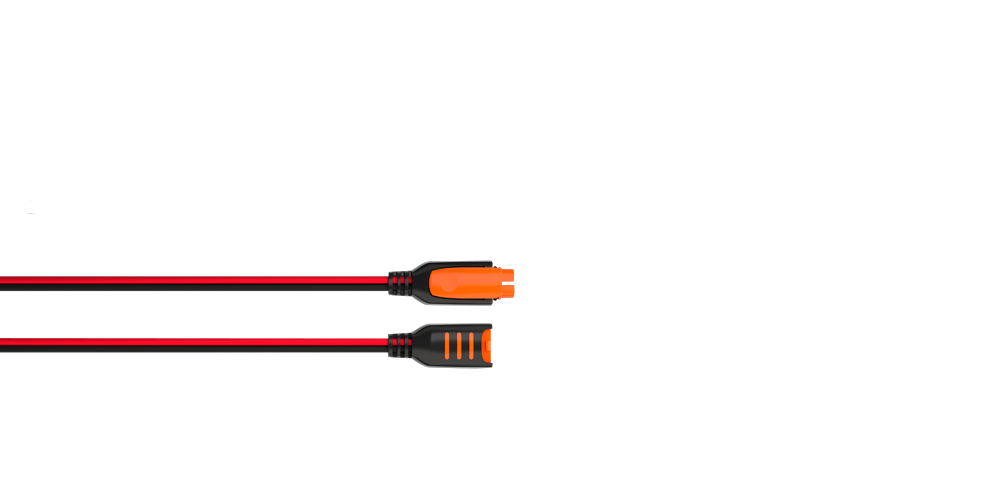
CTX CONNECT EXTENSION 2,5m
-
Enables your CTEK charger to be placed further away from the battery or the vehicle
-
Secure:
-
Durable:
Read more -
-
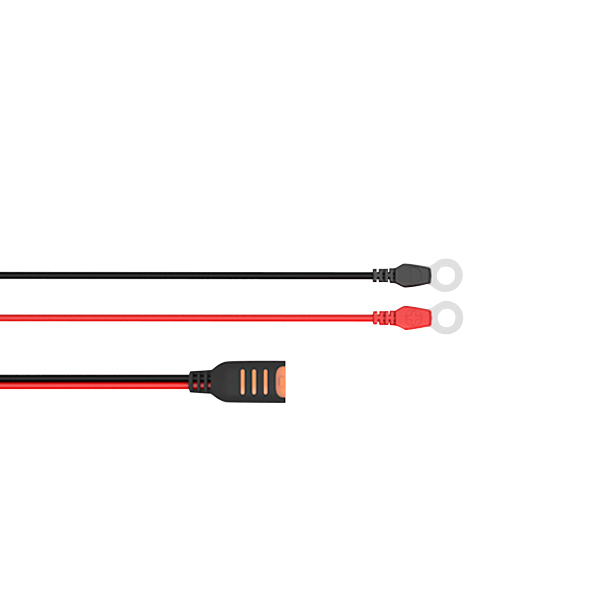
CONNECT EYELET M8
-
Secure connection:
-
Simple to use:
-
Durable:
Read more -
-
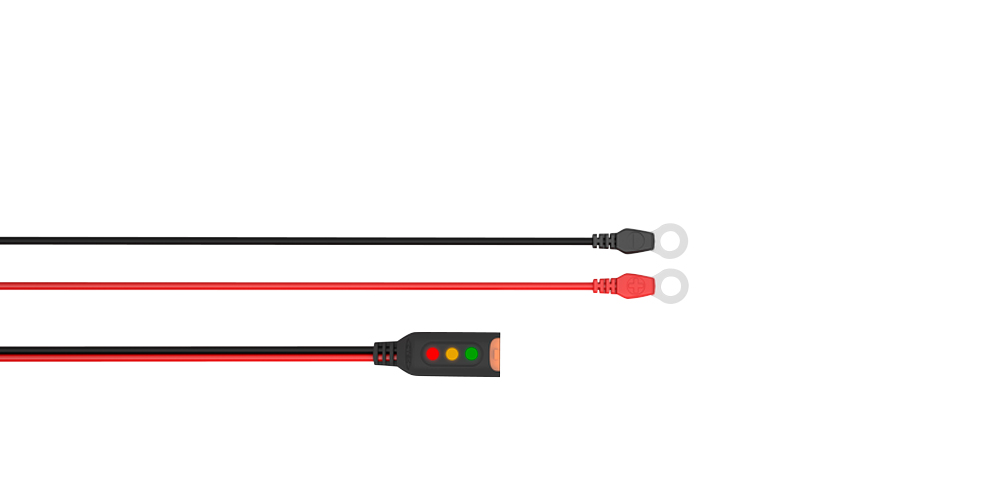
INDICATOR EYELET M8
-
Works with all 12V lead-acid batteries, and with CTEK chargers up to 10A
-
Eyelet connection:
-
Durable:
Read more -
-
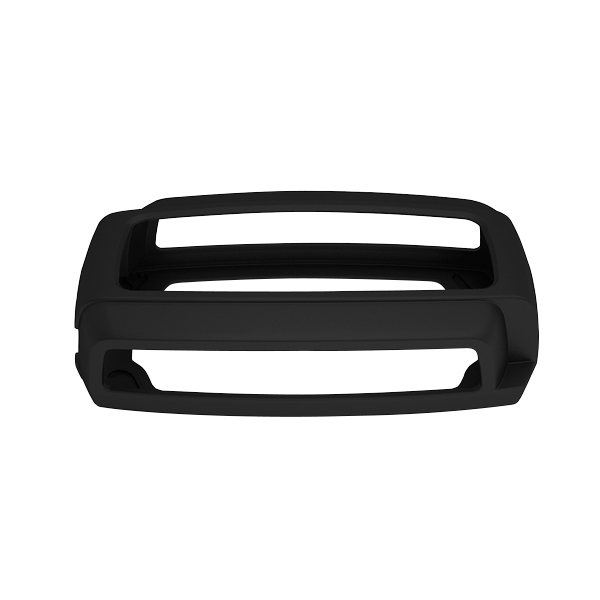
BUMPER 120
-
Fits CTEK 10 A charger
-
Tough and Durable:
-
Easy to fit:
Read more -
-
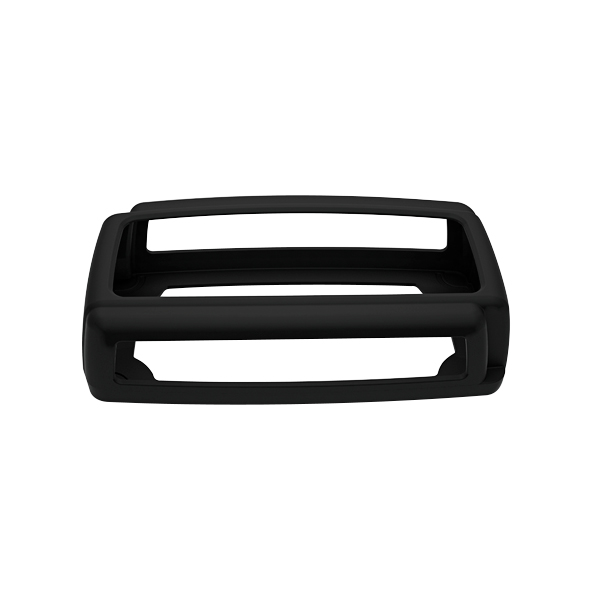
BUMPER 100
-
Fits CTEK 7 A chargers
-
Tough and Durable:
-
Easy to fit:
Read more -
-

INDICATOR EYELET M6
-
Works with all 12V lead-acid batteries, and with CTEK chargers up to 10A
-
Eyelet connection:
-
Durable:
Read more -
-
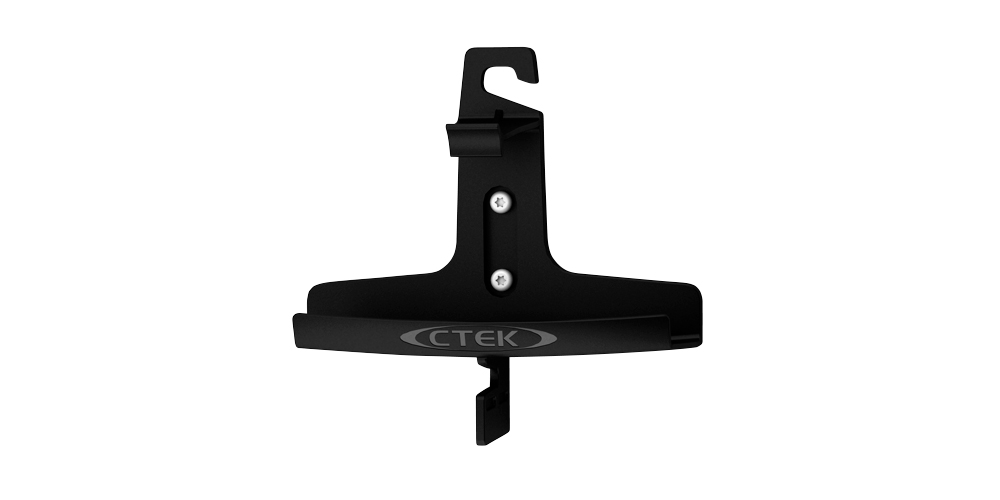
MOUNTING BRACKET
-
Compatible:
-
Tough and Durable:
-
Neat and Simple:
Read more -
-
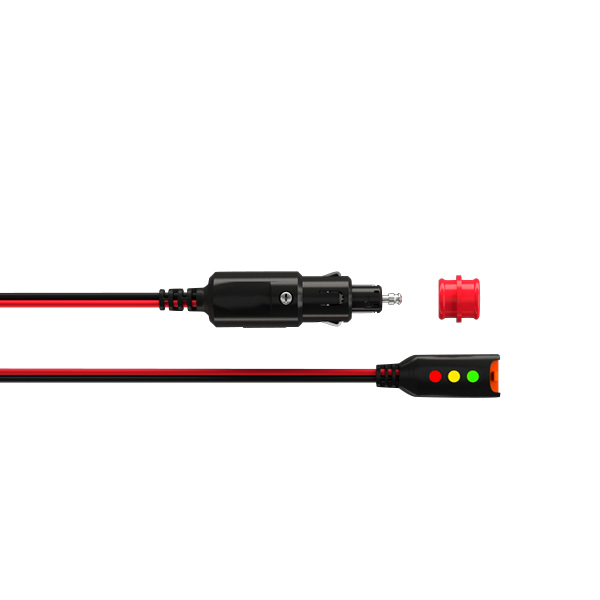
CTX INDICATOR PLUG 12V
-
Compatible:
-
Easy connection:
-
Durable:
Read more -
-
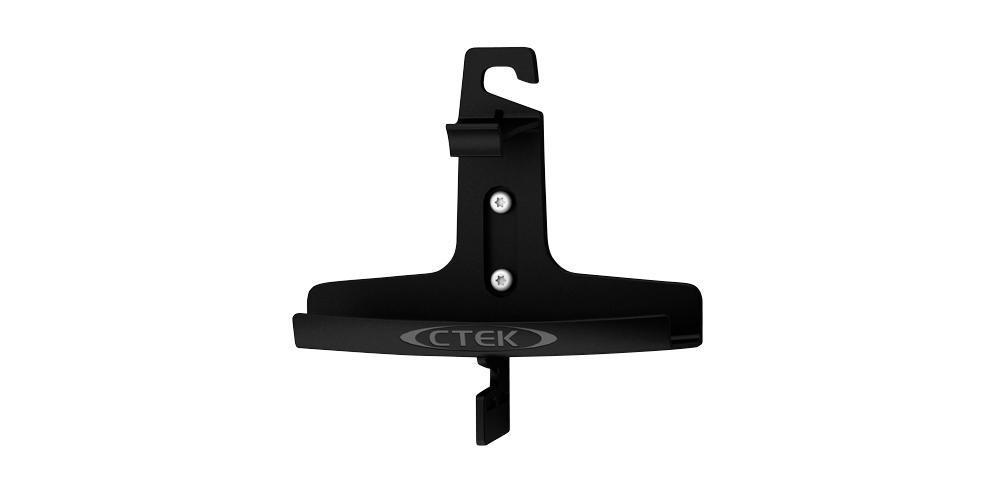
CTX MOUNTING BRACKET
-
Tough and Durable
-
Neat and Simple
-
Compatible
Read more -
-

CONNECT EYELET M6
-
Secure connection:
-
Simple to use:
-
Durable:
Read more -
-
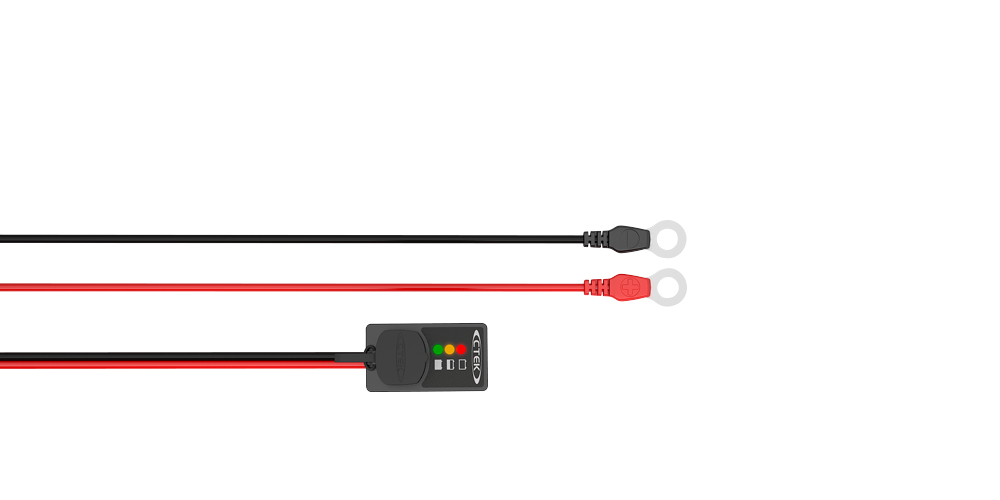
INDICATOR PANEL 1.5M
-
Compatible:
-
Easy connection:
-
Durable:
Read more -
-
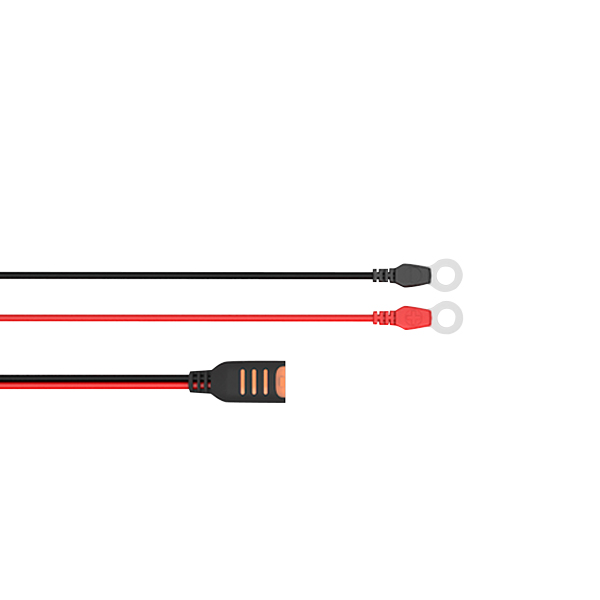
CONNECT EYELET M10
-
Secure connection:
-
Simple to use:
-
Durable:
Read more -
-
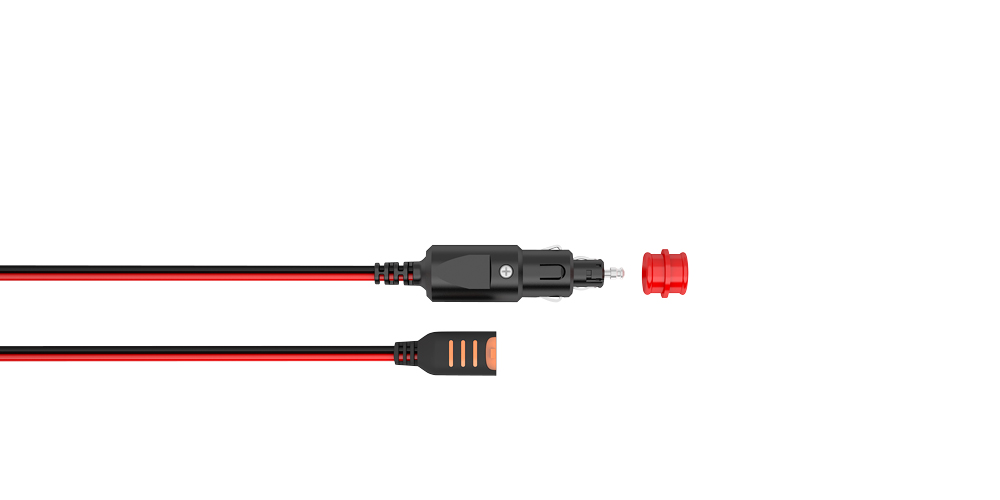
CONNECT CIG PLUG
-
Permanent connection
-
Secure connection:
-
Simple to use:
Read more -
What you need to know about battery chargers 12V & 24V
With around 200 ECUs in the vehicle, the battery HAVE TO be in good condition to make everything to work. Close to 50% of all the times the road assistance companies are called out – is due to a battery problem.
Let’s start with the purpose of the battery itself. Most importantly, the battery makes your car start. It does this by converting chemical energy into electricity and supplying it to the starter. After your car has started, the battery continues to work as it provides constant voltage to keep the engine running and power other accessories like the radio, lights and other electronics.
Problem arises when the battery is dead, which means the energy that is stored within the battery has dropped below 11,8V. The battery can be recharged if it is still healthy, which is basically reversing the chemical reactions that led to its depletion. CTEK battery chargers 12V and 24V begin to charge at 2-3 Volts (depending on which model). Some models are equipped with a SUPPLY mode which is designed to add energy to batteries even if the voltage goes below 2-3 Volts. It is more gentle for your battery and its electronic components to simply charge than to jump start. We are going to teach you how to recharge the battery by using our battery chargers 12V or 24V.
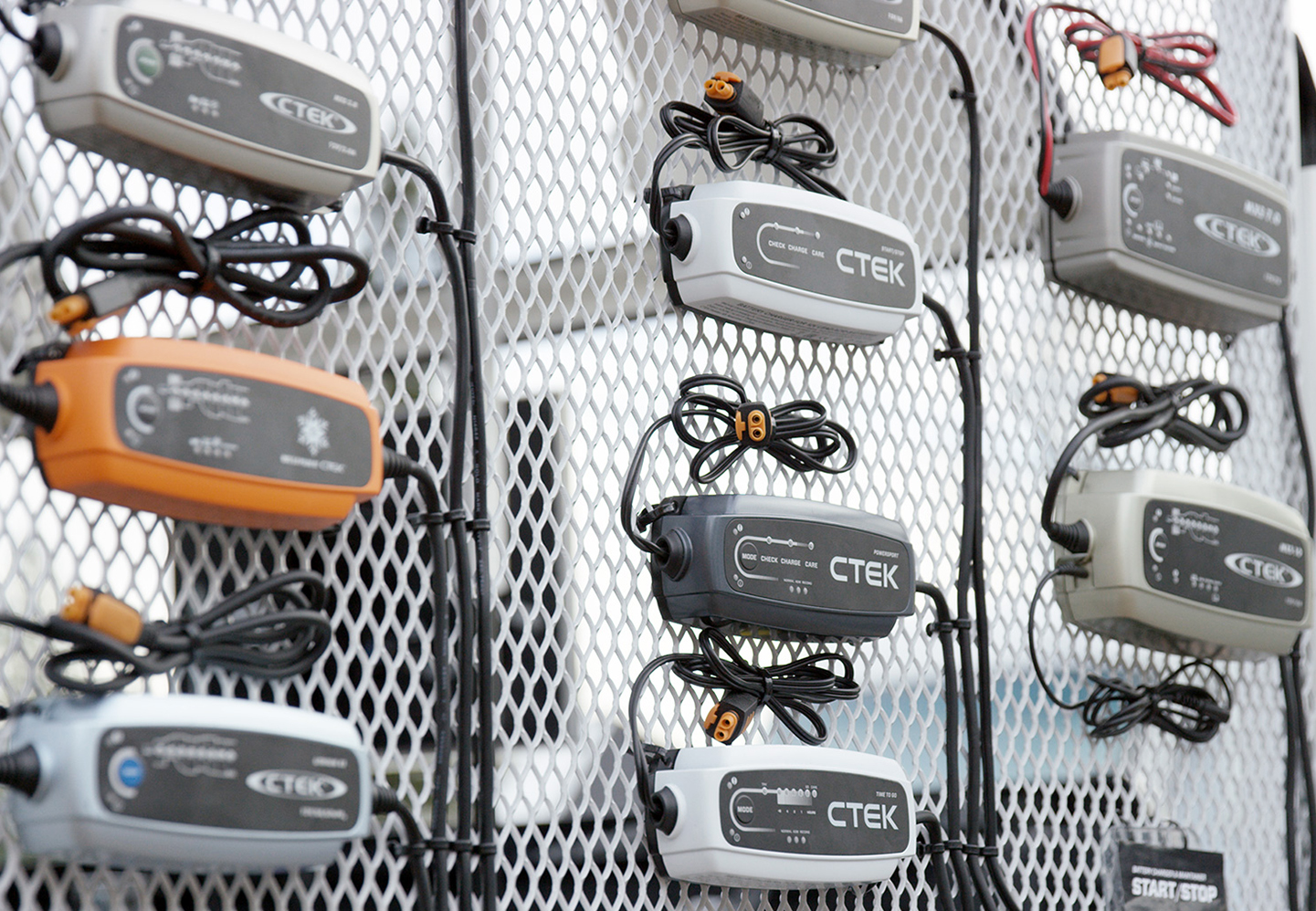

Getting ready
There are steps you should take before carrying out the process, to ensure your safety and smoothness of the operation.
Make sure the area where you are charging does not have any source of flame, smoke, or sparks. Check for potentially dangerous gas leak from the battery; it will smell like rotten eggs if you sniff around. If you detect any such smell, you should abort directly and invite a professional to take over.
You should also check to see if the battery ports are not corroded. If there is a greenish substance on the ports, then corrosion has taken place. You can use a brush to clean them up so that it will not take more time than necessary to have the battery recharged.
Some general details about battery chargers 12V & 24V
Now that you are ready, we shall look at how chargers work. But first, there are different types of battery chargers 12V and 24V. There are AC/DC chargers, which is the type most of CTEK battery chargers 12V and 24V are, that requires you to plug them into a home socket. If you don’t have a power into the charger, it is more of a jump starter (except for our CS FREE). There are battery chargers 12V and 24V that produce lots of heat inside the battery. They are best used by trained technicians. But CTEK’s AC/DC chargers do not heat up the battery excessively.
Most of our chargers have a gauge that lets you see both the charging progress and the battery's state. Depending on what needs you have, you can get a CTEK charger that can have more elaborate safety and monitoring mechanisms built in that alerts you when there is a fault.
Now to use car battery chargers 12V or 24V to recharge your car battery.
How to charge your battery using battery chargers 12V or 24V
Connect the charger to the battery. But make sure the charger and the vehicle are both switched off. Then fix the positive clamp (the red one) to the positive terminal of your battery. You will see a plus (+) sign indicating the positive terminal. Next you attach the black clamp, which is the negative clamp, to the vehicle’s body. You can choose any part. It can be dangerous if you connect the negative clamp and the negative terminal of your battery because in the event of a hydrogen gas leakage, an explosion could occur when a sparks are produced as you connect the negative clamp and the negative battery terminal.
Luckily CTEK battery chargers 12V and 24V are spark free. Another risk with connecting the negative clamp wrong is that most newer cars got a BMS connected on the negative pole, taking care of – for example – the Start Stop function. If charging on the negative pole the BMS will not have information about the charge and start stop function (and other ECUs) will not work as planned, with an increase of CO2 emissions as a result.
Automatic charging
In the past, the next step should be to set up the battery charger, where you set the volts and amperes. But with a CTEK charger the charger sets itself up automatically.
Switch on the battery charger. Some chargers require you to plug them to a power source so be sure to do that. If you don't have one of CTEK's chargers there is a possible risk that it can't stop charging automatically, instead you need to monitor the gauge to know when the battery is fully charged. Or you may have preset how long you want the charging to last. But with a CTEK charger that is not a problem – it can be connected for months and months if the charger has accepted the battery as OK.
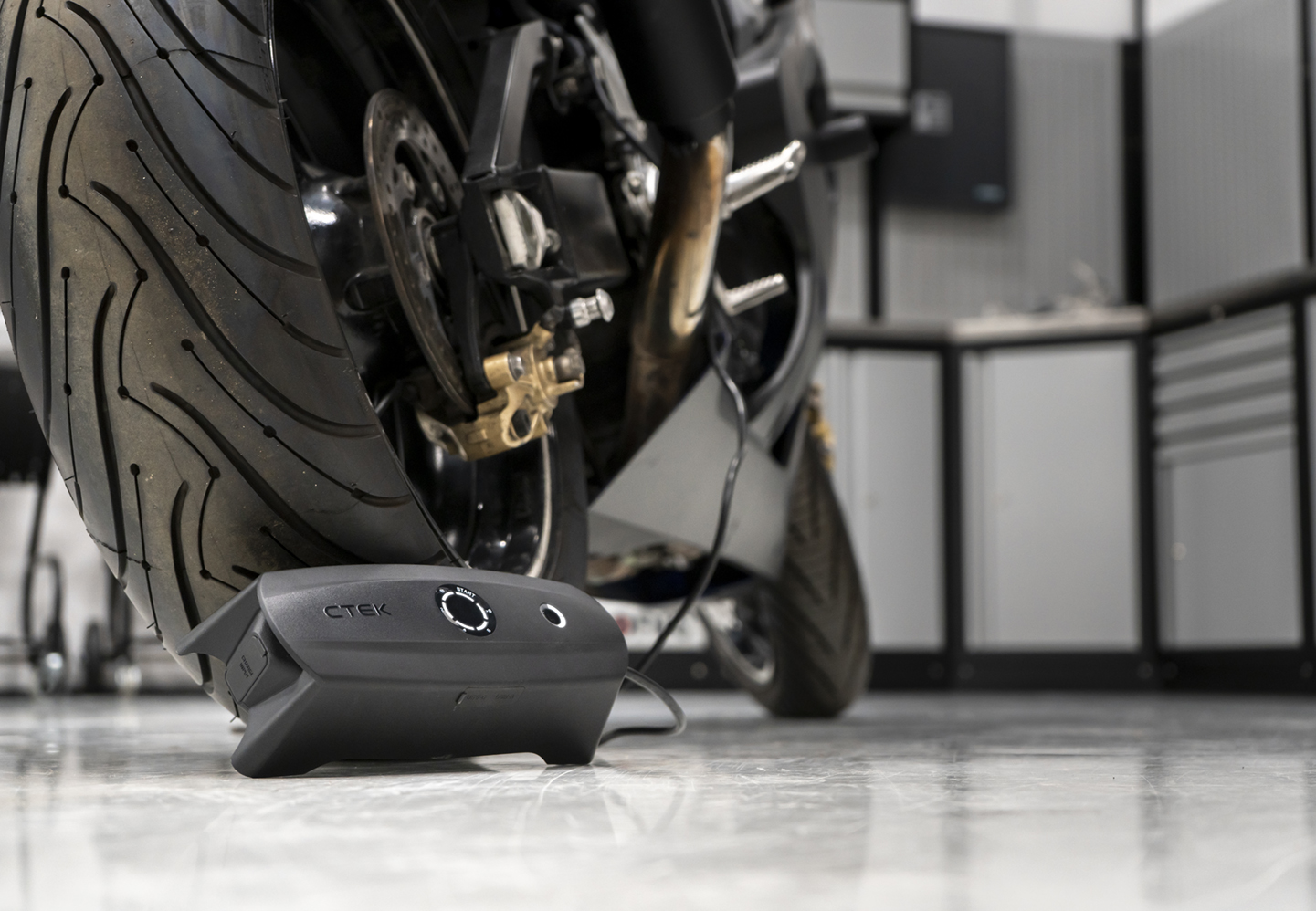
Wrapping up
Once done, turn off the charger and disconnect it from the power source if needed. With some battery chargers 12V & 24V that're not any of CTEK's chargers you may have to be careful with the removing process of the clamps because they need to be removed in reverse order to the connection order. First, remove the negative clamp, which is black, and then ypu remove the positive, red clamp. But with a CTEK charger, you do not have to think about this.
If your car battery or the cars electric wiring has no issues, it will start with no stress.
Sometimes, your battery just won’t hold a charge and there is nothing battery chargers 12V & 24V can do about it. In such a case, you may need to tow the car to the nearest garage or invite a technician over to examine it. It may be time to replace the battery. But if the battery is losing charge due to acid stratification – with CTEK battery chargers 12V & 24V you can use RECOND mode (but only for batteries that are wet lead acid) one or two times to prevent the stratification that is acid and keep a higher capacity for a longer time.
Now that we’ve got you thinking about battery chargers 12V & 24V, why not check out these top-quality chargers from our company?
Please, select an option before you enter next step
You will soon get a result
Select your vehicle type
Select one or more application

productFinder.product.basic
CS ONE
-
Powerful simplicity
-
Ambient Temperature Adjustment
-
Adaptive charging technology (APTO™)

productFinder.product.basic
CS FREE
-
4 Cutting Edge Products in 1 Portable Unit
-
Adaptive Boost Technology Replaces the Need for Jump Starters
-
Stay Off-Grid Longer

productFinder.product.basic
LITHIUM XS
-
Dedicated Lithium Battery Care
-
Unique Maximisation Step with Patented Maintenance Charging
-
UVP 'wake up': If your lithium battery has Under Voltage Protection
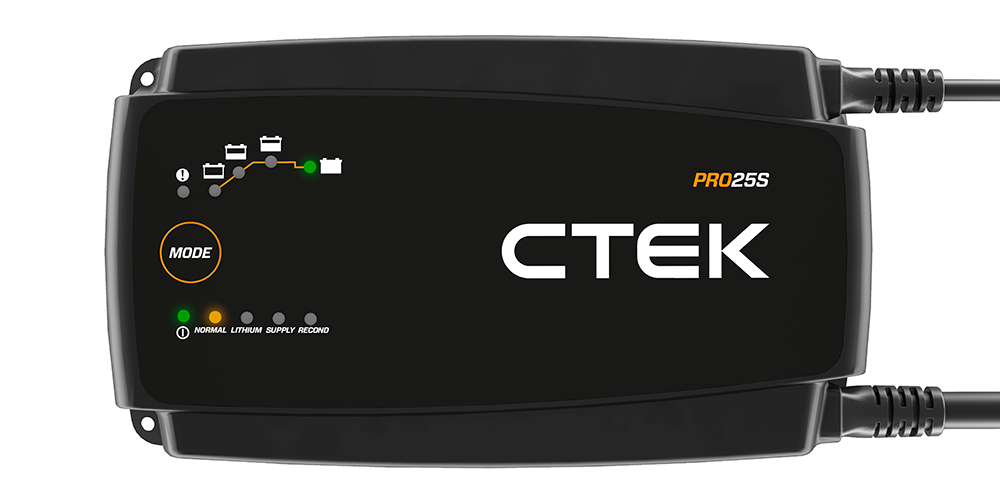
productFinder.product.basic
PRO25S
-
Professional Grade Power
-
Dedicated Lithium Mode
-
Supply Mode and Lead-Acid Reconditioning Mode

productFinder.product.basic

productFinder.product.basic
CT5 TIME TO GO
-
Countdown Timer and Start Indicator
-
Built-In Temperature Compensation
-
AGM & Reconditioning Mode

productFinder.product.basic
MXS 5.0
-
Tried and tested, cutting edge technology used by over 40 of the world’s most prestigious vehicle manufacturers.
-
Patented Desulphation Function and Reconditioning Mode
-
Built-In Temperature Compensation

productFinder.product.basic
MXT 14
-
Professional 24V Battery Charger and Power Supply
-
Built-in Temperature Sensor
-
Fast, fully automatic charging programs
productFinder.cart.added.product
productFinder.cart.button

